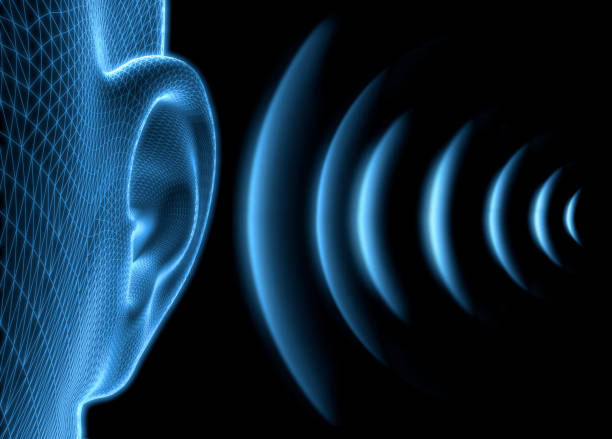allureaestheticsazflagstaff.com – Imagine having the ability to hear every sound around you, from the faintest whisper of the wind to the rhythmic pulse of a distant city. While this might sound like a superpower, it also presents unique challenges and insights into the nature of hearing and perception. This article explores the concept of an ear that could hear everything, delving into the science of sound, the limits of human hearing, and the potential implications of such an extraordinary capability.
The Science of Sound
Sound is a mechanical wave that travels through a medium, such as air, water, or solid objects. It is produced by vibrations that create pressure waves, which our ears detect and interpret. The human ear is designed to hear a specific range of sounds, typically from 20 Hz to 20,000 Hz, with varying degrees of sensitivity.
Our auditory system is finely tuned to differentiate between different frequencies, allowing us to recognize speech, music, and other sounds. However, there are many sounds beyond our natural hearing range, such as ultrasonic waves used by bats for echolocation and infrasonic waves produced by natural phenomena like earthquakes.
The Limits of Human Hearing
The human ear is a remarkable organ, capable of detecting an impressive range of sounds. However, it has its limits. Our ability to hear is confined to certain frequencies and amplitudes, and we can experience hearing loss due to factors like age, noise exposure, and genetics.
Even within our hearing range, the brain plays a crucial role in filtering and interpreting sounds. It helps us focus on specific sounds, such as a conversation in a crowded room, while ignoring background noise. This selective hearing is essential for effective communication and avoiding sensory overload.
The Challenges of Hearing Everything
If one could hear every sound, the world would become an overwhelming cacophony. The constant barrage of sounds from nearby and distant sources would make it difficult to concentrate or focus on specific tasks. Everyday activities, like holding a conversation or enjoying a quiet moment, could become challenging.
This scenario also raises questions about the brain’s ability to process such an immense amount of auditory information. Our current understanding of neuroscience suggests that the brain might struggle to filter and prioritize sounds, leading to potential sensory overload or cognitive fatigue.
Potential Implications and Insights
Despite these challenges, the concept of hearing everything offers intriguing possibilities. It could provide valuable insights into the natural world, allowing us to detect subtle environmental changes or communicate with species that use sound frequencies beyond our hearing range.
Moreover, advancements in technology, such as hearing aids and auditory implants, continue to push the boundaries of human hearing. These innovations aim to enhance our ability to perceive sound, offering new solutions for those with hearing impairments and potentially extending our auditory capabilities.
Conclusion
The idea of an ear that could hear everything is both fascinating and daunting. While it highlights the incredible complexity of sound and hearing, it also underscores the importance of balance between sensitivity and selectivity in our auditory perception. As we continue to explore the limits of human hearing and develop new technologies, we may one day come closer to experiencing the world in all its acoustic richness—while still appreciating the value of silence and focus.
